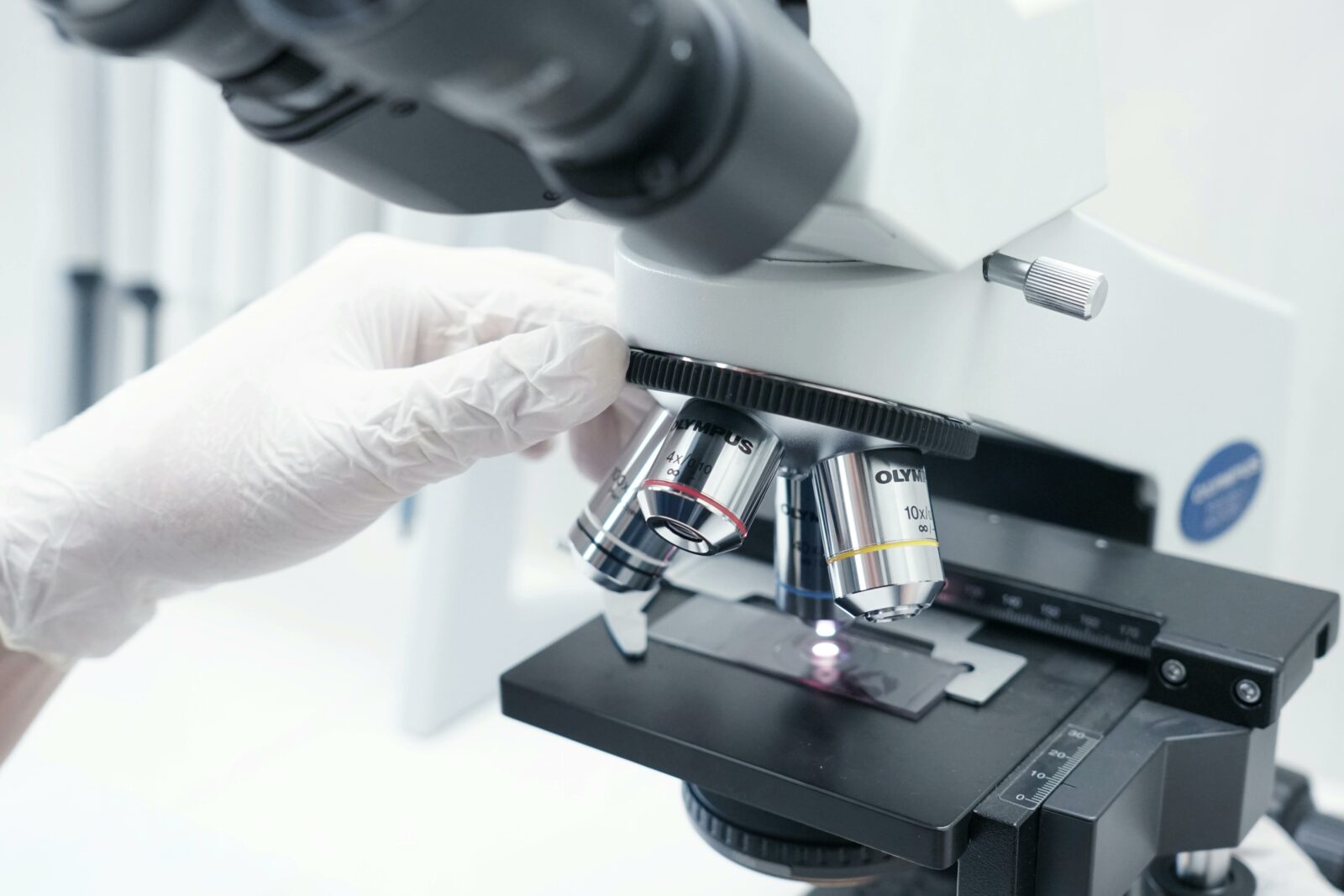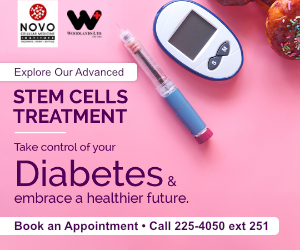Stem cell therapy is transforming the way that we think about healing and recovery. This therapy is one of the building blocks of a new kind of medicine– regenerative medicine, which challenges our assumptions about what things are treatable. Diseases and injuries previously thought to be permanent, degenerative or chronic, now, with stem cell therapy show promise of reversal, offering new hope to patients. As this therapy leaves research labs and moves into clinical settings, it is important to know the basics as outlined below.
What are Stem Cells?
Stem cells are the building blocks of the human body. Unlike most cells, they can both replicate themselves (self-renew) and develop into different types of specialized cells (differentiate), such as nerve, heart, or cartilage cells. These qualities make them uniquely suited to help repair or replace damaged tissues.
How Stem Cells Work?
Once introduced into the body, via intravenous infusion, spinal delivery, or direct injection, stem cells respond to chemical signals and travel to sites of injury or disease. This process, known as homing, allows them to either integrate into the damaged area and become the required cell type, or to release substances that stimulate the body’s natural healing processes.
Applications in Modern Medicine
Research and clinical use of stem cells are growing rapidly. Conditions currently under investigation or treatment include:
- Osteoarthritis and cartilage degeneration
- Spinal cord injuries
- Chronic kidney and liver disease
- Diabetes and its complications
- Autoimmune diseases such as lupus and multiple sclerosis
- Heart failure and ischemic damage
- Neurological conditions such as Parkinson’s disease
- Pulmonary fibrosis
- Cancers, in combination with other therapies
While not all uses are yet approved as standard therapy, stem cells are increasingly offered as part of clinical protocols or compassionate use programs in many parts of the world.
Types and Sources of Stem Cells
Stem cells can be classified based on their source:
- Autologous stem cells are harvested from a patient’s own tissues (such as bone marrow or fat).
- Allogeneic stem cells are obtained from donors, commonly umbilical cord or placental tissue.
Mesenchymal stem cells (MSCs) are widely used due to their regenerative and anti-inflammatory properties. The type and source are chosen based on the medical condition, delivery method, and patient-specific factors.
Delivery Methods
Stem cell delivery is tailored to the medical condition and may include:
- Intravenous infusion (into the bloodstream)
- Intrathecal injection (into the spinal canal)
- Intra-articular injection (into joints)
- Local implantation (directly at the site of injury)
Each approach is designed to optimize how effectively the cells reach and act on the target tissue.
Global Clinical Research and Safety
Globally, thousands of clinical trials have studied stem cell therapy. Results show promising outcomes in tissue regeneration, reduced inflammation, and improved function, often with minimal adverse effects. Cord blood cells, for example, have been explored in conditions such as multiple sclerosis, ataxia, stroke, and spinal cord injury.
While the field is still evolving, some therapies are already standard practice, such as stem cell transplantation for blood cancers and immune disorders.
Ensuring Safe and Effective Treatment
Like all advanced medical treatments, stem cell therapy requires appropriate safeguards. Key considerations include quality control of the cells, immune compatibility, and proper technique during delivery. These concerns can be effectively addressed when therapy is conducted within well-established, accredited laboratories with experienced medical teams.
Adherence to international standards, good manufacturing practices, and ongoing medical oversight ensures that stem cell therapy continues to advance safely and responsibly.
What Patients should know about Stem Cell Therapy?
While stem cell therapy holds great promise, it’s important for patients to be well-informed. Not all conditions are currently treatable with stem cells, and results can vary depending on the patient’s overall health, stage of disease, and type of therapy used.
Patients considering stem cell treatment should consult with qualified medical professionals and ensure that any therapy is provided under regulated protocols and ethical oversight. Discussions should include the source of the stem cells, the expected outcomes, possible risks, and any supporting clinical evidence.
Many patients report improvements in mobility, pain levels, and organ function, but therapy outcomes are best when paired with ongoing medical supervision and follow-up care. As stem cell therapies continue to grow in acceptance globally, staying informed and working with experienced providers remains key to receiving safe and effective treatment.
Looking Ahead
Stem cell therapy is ushering in a new era in medicine. Its ability to assist in healing and regeneration makes it one of the most promising innovations in healthcare today. As research continues to unlock its full potential, stem cell therapy may soon redefine what is medically possible for patients around the world.
As researchers continue to uncover the full potential of stem cells, future applications may include the regeneration of entire organs, customized cell-based therapies for genetic diseases, and enhanced wound healing in chronic injuries. Scientists are also exploring the integration of stem cells with 3D bioprinting and gene editing to further expand therapeutic possibilities.
What was once considered futuristic is quickly becoming reality. With careful scientific validation and responsible application, stem cell therapy may soon offer new standards of care for conditions once thought to be untreatable.













